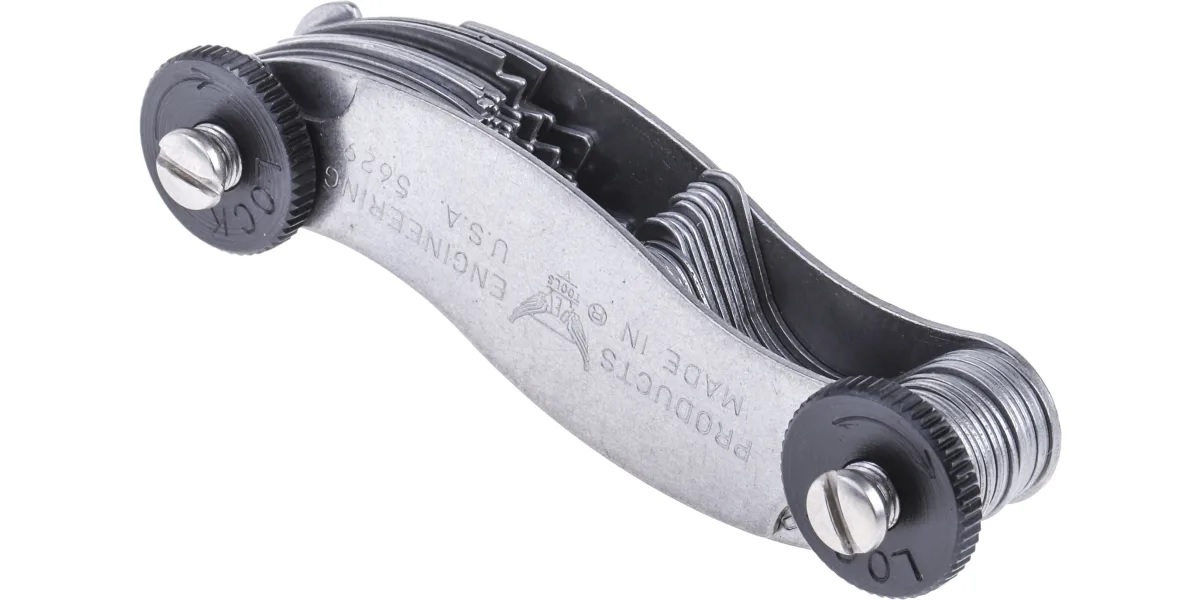
Thread gauges are indispensable measuring instruments for screw thread pitch and diameter. There are two primary varieties of thread gauges: metric and standard. This article will examine the distinctions between these two gauge varieties.
What are Metric Thread Gauge Measurements?
Metric thread gauges are instruments used to measure the pitch and diameter of metric screw threads. The metre, the standard unit of length, is the basis of the metric system, which is a system of measurement. Metric thread gauges are commonly used throughout Europe and the rest of the globe to measure screw threads in millimetres.
What are Thread Gauge Standards?
Standard thread gauges, also known as American National Standard or Unified Thread Standard gauges, are utilised to measure the pitch and diameter of standard system screw threads. The standard system is a measurement system founded on the inch, the United States’ standard unit of length. Commonly used in the United States, standard thread gauges are designed to measure screw threads in inches.
The Difference Between Metric and Standard Thread Gauges
There are a number of distinctions between metric and standard thread gauges, including:
The most noticeable distinction between the two varieties of instruments is the measurement units they employ. In contrast to standard thread gauges, which measure screw threads in inches, metric thread gauges measure screw threads in millimetres.
* Thread Pitch: Another significant distinction between the two gauge varieties is the thread pitch. Standard thread gauges have coarser thread pitches than metric thread gauges. This is due to the fact that the metric system is founded on the metre, which is a shorter unit of length than the inch.
* Thread Form: Metric and standard threads have distinct thread forms. The shape of metric threads is trapezoidal, whereas standard threads are more circular. This disparity in thread form affects the design and application of thread gauges.
Standardisation is also distinct between metric and standard thread gauges. There is a high degree of standardisation in the design and application of metric thread gauges. The metric system is utilised in many countries around the world. In contrast, standard thread gauges are predominantly used in the United States, and their design and application are less standardised.
Uses for Metric and Standard Thread Gauge
Metric and standard thread gauges are utilised for a variety of purposes, including:
In the automotive industry, both metric and standard thread dimensions are frequently used for applications such as engine components, suspension systems, and fasteners.
Standard thread gauges are frequently used in the construction industry for bolts, nuts, and other fasteners.
Metric thread dimensions are commonly used in the aerospace industry for applications requiring high precision and accuracy, such as engine components and fasteners.
In the manufacture of medical devices such as surgical instruments and implants, metric thread gauges are frequently used.
Conclusion
Both metric and standard thread gauges are indispensable for measuring the pitch and diameter of screw threads. There are significant differences in the measurement units, thread pitch, thread form, and standardisation between the two types of gauges. Understanding these distinctions is essential for selecting the appropriate thread gauge for a given application. Whether you work in the automotive, construction, aerospace, or medical device industries, it is essential to choose the correct thread gauge to ensure the accuracy, consistency, and quality of your products.
